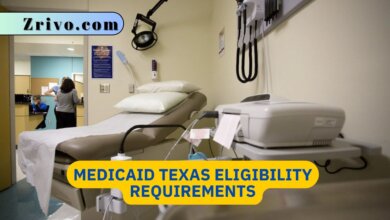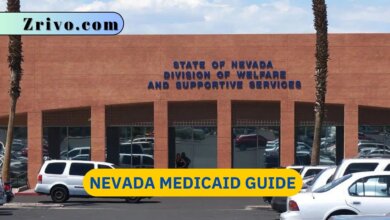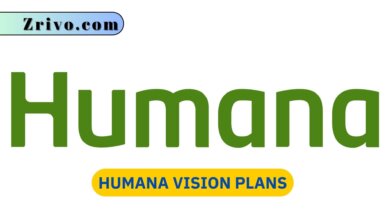How to Apply for Medicaid Maryland?
Maryland Medicaid helps pay for medical care for adults, children, pregnant women, and individuals with disabilities. It covers doctor visits, prescriptions, and more. It also provides help paying for Medicare co-pays and deductibles.
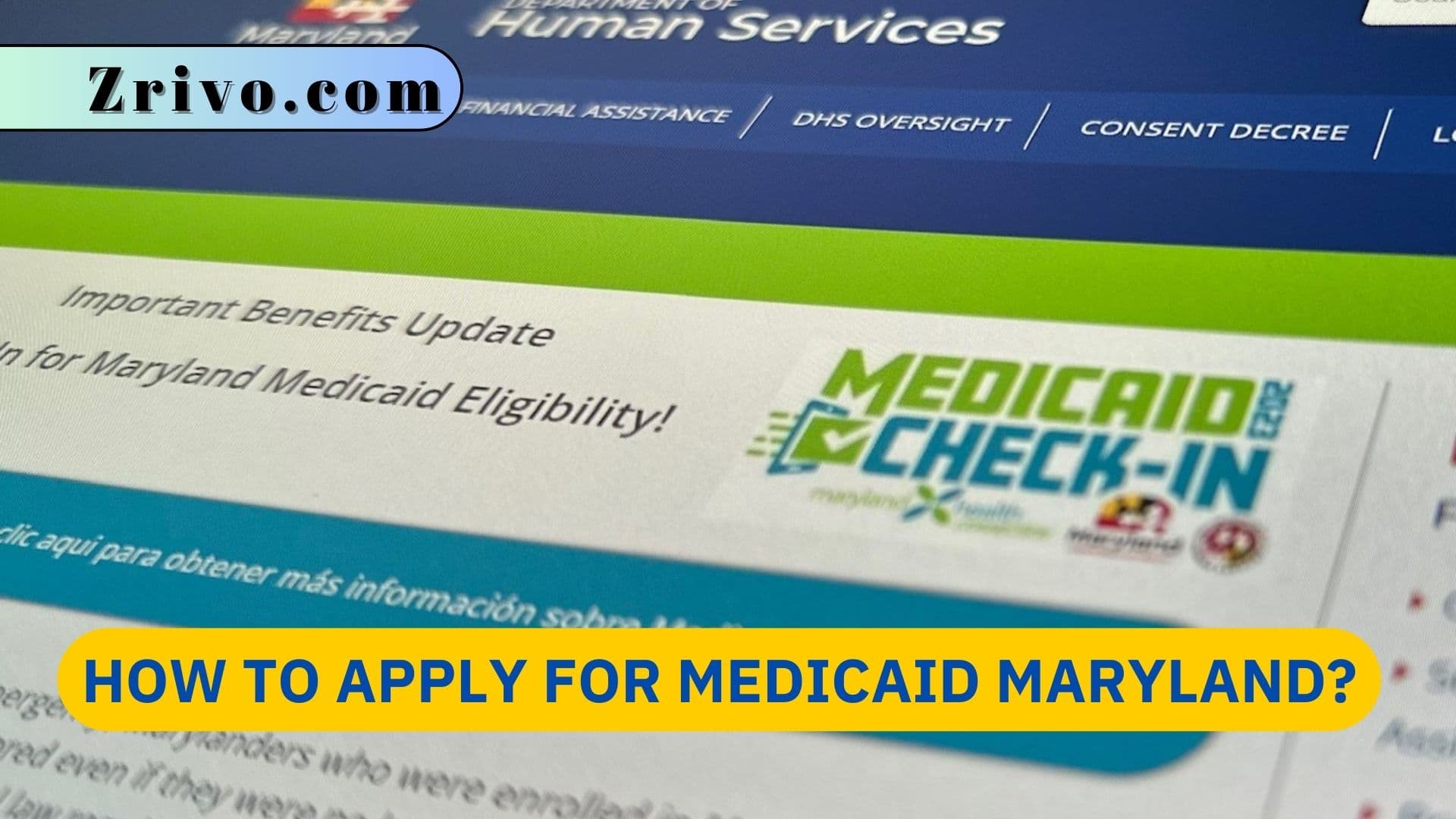
The state of Maryland has an extensive array of programs that offer assistance to low-income residents. These include Medicaid, the Maryland Health Connection, and a set of state programs designed to help with prescription drugs. These programs are funded through payroll taxes, beneficiary premiums, and general federal funds. In addition, Medicare covers some long-term care services. The two programs are complementary, and it is important to understand their different requirements.
Eligibility
The basic eligibility requirement for Medicaid is a financial need. There are also non-financial criteria that must be met. A person must be a resident of Maryland, a U.S citizen or national, or a permanent legal resident of the United States. They must also need help with their medical care and insurance costs.
To qualify, an individual must meet both income and asset limits. Applicants must provide documentation of their financial status, which may include bank statements; investment and retirement account records; annuities; a letter from the Social Security Administration stating gross monthly benefits; tax forms; proof of life insurance policies; a list of beneficiaries; power of attorney documents; and other documents as required by the state.
In addition to the income limit, Maryland has a separate set of rules for asset restrictions for those applying for nursing home or HCBS Medicaid. These assets are divided into two categories: exempt and available. Exempt assets include personal belongings, household furnishings, an automobile, burial spaces, and the applicant’s primary residence. Countable assets include cash, stocks and bonds, investments, IRAs, bank accounts (credit union, savings, and checking), and real estate in which the applicant does not reside.
In addition to the state’s asset limitations, Maryland’s LTSS Medicaid has a look-back period and penalty for transfers of assets. The penalty period can last up to five years and can result in a penalty if an asset is sold below fair market value, given to others, or transferred to a trust.
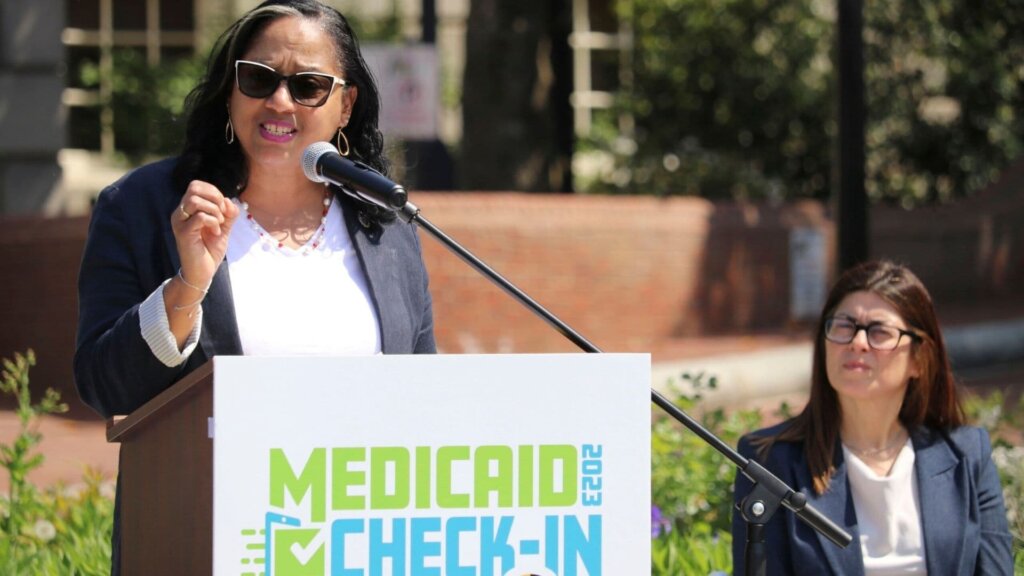
Application
It is important to apply for Maryland Medicaid in time before the expiration of your coverage. If you miss the deadline, you may be rolled off of the program and required to make a new application. This is particularly important for people who live in rural areas.
An experienced elder law attorney can help you navigate the complex Medicaid application process and maximize your chances of approval. They can review your assets and assist you in preparing and submitting accurate documentation. They can also help you identify red flags and suggest strategies to protect your assets, including converting countable assets into exempt assets. They can also provide guidance on how to meet the look-back period requirements for asset transfers.
Once enrolled, you’ll receive a card in the mail that shows your ID number and Medicaid benefit number. You can use this card to show doctors your coverage and access other services. You can change your managed care organization (MCO) at any time. If you’re not able to change your MCO, you can request an appeal with the state.

